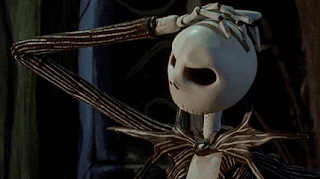Lighting has two uses; to see the actor and to communicate creative decisions/tell a story. 3 point lighting is the basic set up, but is hardly used because of this reason. It's too cinematic. Joe kept saying to "know the basics and then forget it"- bit of a oxymoron.
https://www.tumblr.com/tagged/life-is-an-oxymoron
A gaffer communicates with the director and DOP to see what intensity they want the lights and what genre- a comedy film varies a lot in lighting compared to a noir.
There are hard and soft lights in the industry. Hard lights are used for models and are very unforgiving, they are harsh and exaggerate each feature. Soft lights usually involve scrim and are more forgiving and natural. Lights can also be reflective (used with a reflector) to make it even more natural.
Make sure windows on location are north facing as the sun never reaches it! Also having the sun as a back light always makes things look better. Even if you have to cheat shots to make it look nice, do it. No one will notice.
http://popkey.co/m/AoYjv-just+do+it-do+it-shia+labeouf-shia
Shoot "day for night". It is very hard to shoot a woodland at night due to generators. Film it during the day and colour it blue and darken it in post (fix it in post huhuhu) But keep off the sky as you'll know that it's during the day then.
Colour Temperatures
- Candle- 1800
- Light Bulb- 2900
- Film Bulb- 3200
- Sun- 5600
The lower on this scale, the warmer the light. The higher, the bluer the light. The tungsten in the film bulbs make it look orange and blue. If you set the camera to tungsten, it will also make it look blue and depressing.
Advice
- Always shoot wides first! Then you've got the scene in the can, worst case scenario.
- Always bring a reflector if you aren't using any lights and are outside.
Joe then did a small Q and A (I ended up asking the most questions, mostly daft stuff like "the weirdest thing [he] has filmed". He went into the industry after Uni from Screen Yorkshire (the equivalent for us is Northern Film). He wanted to be a DOP but ended up being a gaffer. Showreels are VERY important, just as important as grades. He then said not to do a sci-fi on a space station on Mars at Uni which I laughed at. I did a film with exactly this plot before I went into Uni. ¯\_(ツ)_/¯



No comments:
Post a Comment